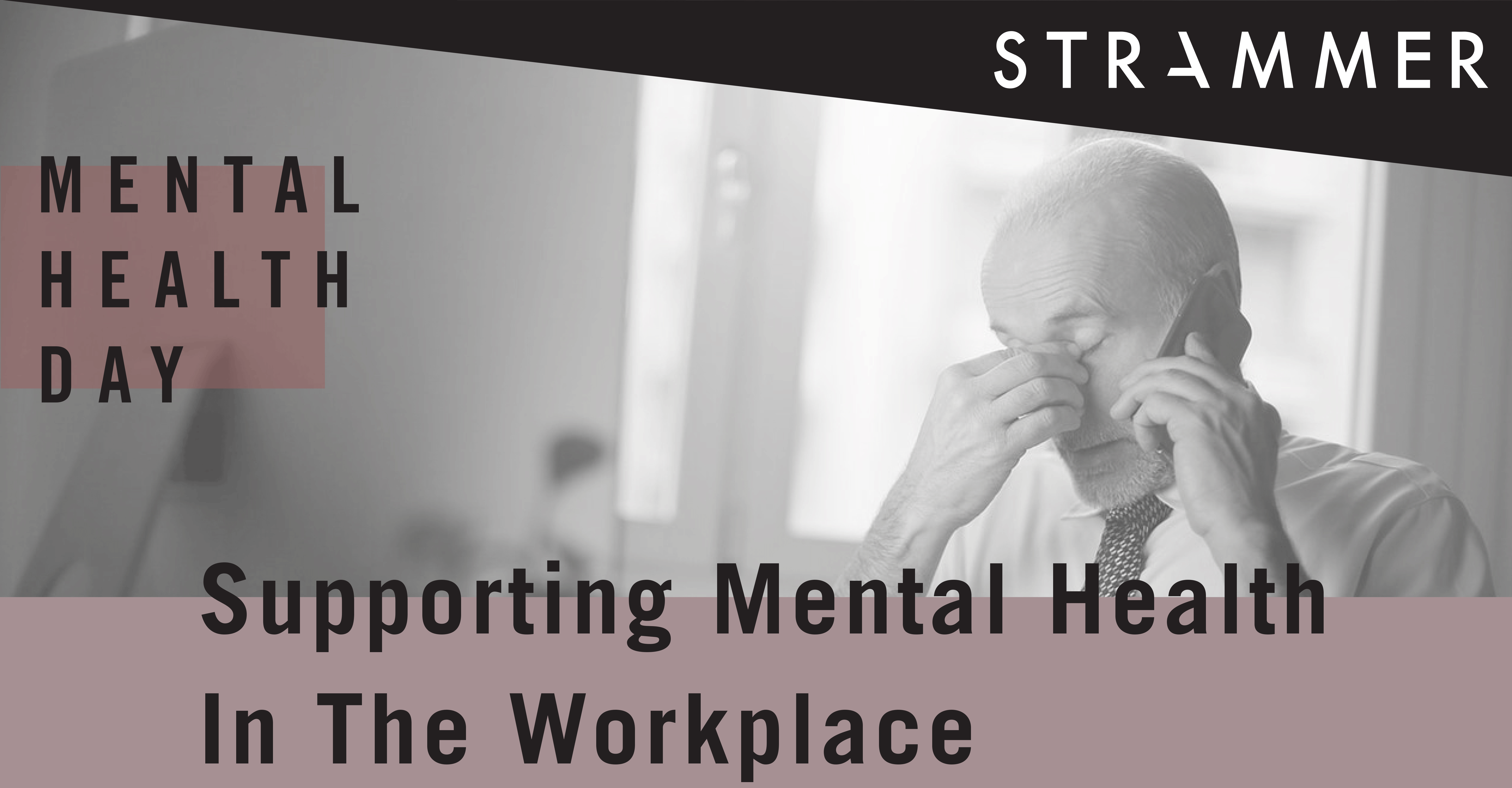Mental Health and the Workplace: World Mental Health Day
World Mental Health Day is celebrated on the 10th of October. Its main goal is to sensitise the public about mental illnesses. There are more than 200 forms of mental issues, some of them include problems like anxiety, depression phobias and paranoia. A mental illness impacts someone’s behaviour, their way of thinking and their emotions. According to the World Health Organization (WHO), around 300 million people are living with depression. In the European Union only, 165 million people suffer from a mental disorder. Studies show that at least 50% of the population will suffer from it during a period of their lives and that by 2030, mental health problems are going to be the principal cause of mortality worldwide.
It is crucial that companies are aware of their important role in mental health problems. An average person will spend 13 years and two months of his life working, as reported by HuffPost Australia. Fear of discrimination and shame are the most common reasons people do not talk about mental issues in the workplace. In a recent study conducted by Mynurva app, 49% of people revealed that they did not have a proper working environment to talk about their mental health.
Mental illnesses can also have other impacts on a working environment. A WHO study showed that, mental illness costs the global economy around 1 trillion dollars per year. Ignoring the of mental health issues can have high costs and indirect/invisible costs are the highest. They are related to deaths or suicides, loss of productivity and early retirement. Mental health issues can also affect productivity, physical capacity, communication and even work performance. It is fundamental to apply strategies in the workplace to tackle this problem. Here are some examples:
♦ Educating the working force, so they can identify signs related to mental health problems
♦ Doing mental health check-ups to workers regularly
♦ Flexible working hours
♦ Respecting the working hours and the holiday period, as a way for workers to rest and recover.
♦ Promoting physical and relaxing activities for the teams.
♦ Being aware of harassment and humiliating situations.
♦ Supporting and encouraging a work-life balance, to separate work and personal life
♦ Make the employee feel like they are part of the decision-making process and that they are involved in the team.
♦ Coaching or Mentoring can also be an effective way to signal these problems, given that it can be a way to know employees, tackle emotional issues and resolve motivational problems among teams.
The employer and Human Resources are in a privileged position to introduce and implement innovative policies, like those we mentioned before. Investing in this matter is a win-win situation for both parts, the employee and the employer. WHO estimates that a $1 invested in the fight against mental illness generates a return of $4 in mental health improvement.
We see more and more companies concerned with the welfare of workers and it is important that this tendency continues. To create healthy workplaces, the workforce must collaborate to improve wellbeing and health at work. Mental Health needs to receive the importance it deserves.
References:
- How to support mental health at work, Mental Health Foundation
- Mental health in the workplace, May 2019, World Health Organization
- Mental Health In The Workplace In Europe
- How To Create A Workplace That Supports Mental Health, November 2018, Forbes





